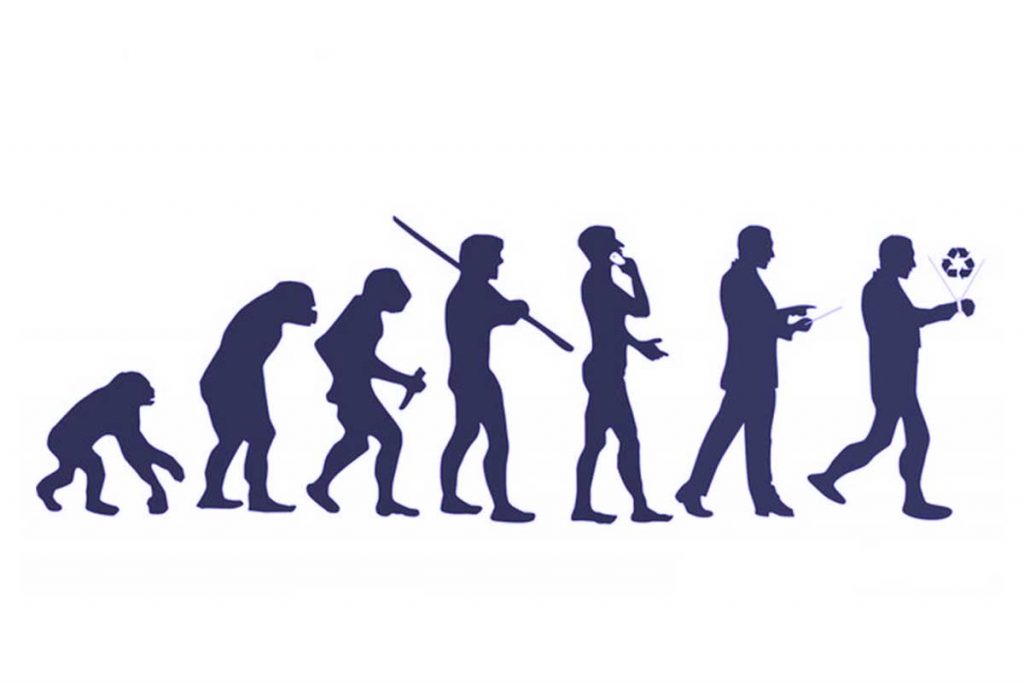
The internet emerged in the mainstream as a visual medium. A graphic interface was required for the mass to recognize the internet’s potential. Today, we may contact a website design company and get our website developed in no time; and people, in today’s date, may be showering love towards the websites. But the history of web development has not been this easy!
World Wide Web did not start getting traction until the visual-focused web browser came into existence in the early 1990s. Despite the histrionic evolution in the aesthetics and web technology, some of the early web design tricks have upheld throughout the span of time. Let’s take a quick look at the evolution of the internet which is the base of web development and an undeniable part of web development history.
Web Development History
So, we are entering into the main part: the history of web development. We have covered every detail in this article which will help you understand more about web and how it has been revolutionized from the old days to now.
The Vintage Web
With the arrival of Mosaic Browser in 1993, World Wide Web (WWW), the concept of which was originally conceived in the 1980s, started to receive a warm reception. Businesses discovered the commercial potential associated with the web. A massive influx came under notice when the network infrastructure grew. Consequently, the tech bubble grew bigger and burst! The survivors are today’s giants: Google, Yahoo, and Amazon.
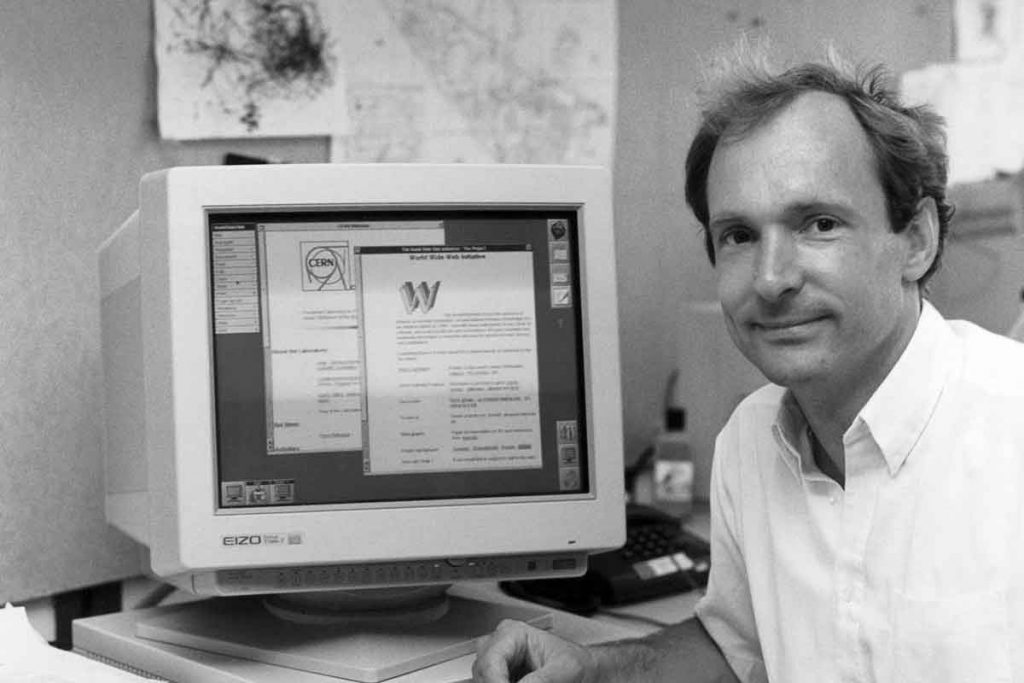
A fellow at CERN Laboratory in Europe, Tim Berners-Lee sketched out his perception of a collaborative platform for the researchers coming from different corners of the globe in 1989. This very idea gave birth to Hypertext Markup Language (HTML) in the year of 1990. Although HTML was very much text-focused in the beginning and there were no such scopes left for image, formatting, and content positioning, HTML turned into the fundament of a website based on the SGML (Standard Generalized Markup Language). With the help of this standard, it became immensely effortless for the coders to organize web page layouts which are easy to understand and easy to interact for the end users over the interrelated networks.
The very basic internet had already been around by that time in small footprints. Fiber Optic, Twisted Pair, and Coaxial cable were under the development phase from quite a prolonged time period and applied in telecommunication. WAN (Wide Area Network) and LAN (Local Area Network) came into existence in 1965 and 1983 respectively. But the modern web took shape when these technologies intersected with Berners-Lee’s model. The interest in technology promptly bumped up and the first commercial web page started to pop up by the mid-1990s.
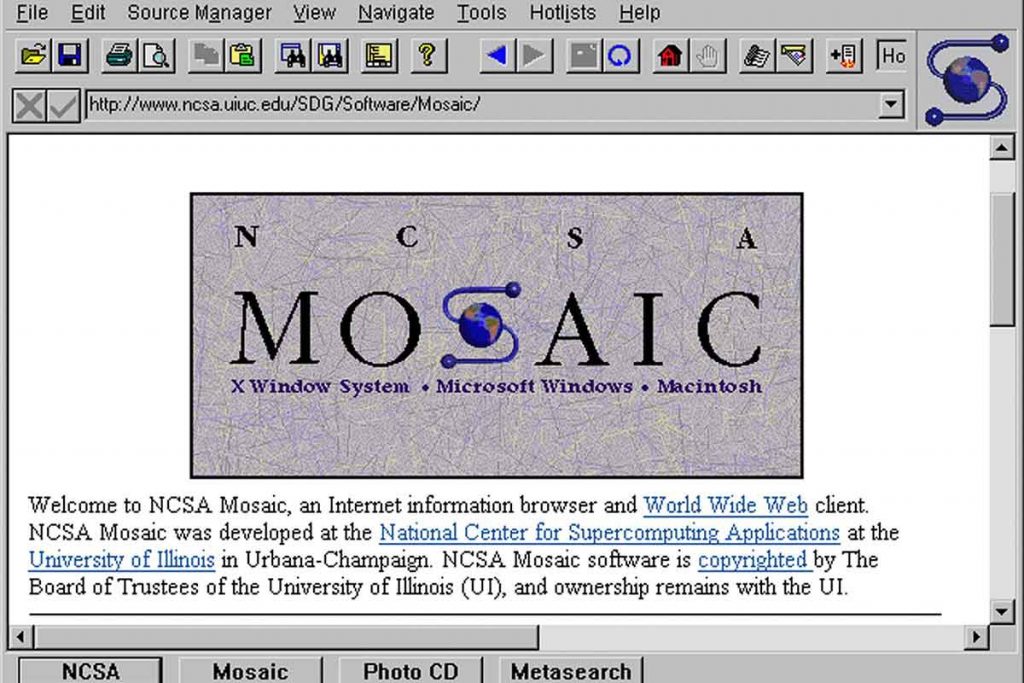
Until Mosaic browser showed up, most of the web presentations contained tables and texts. Despite not being the first browser, Mosaic reinvented the way of interaction by portraying the texts along with images! This very display established Mosaic as the pillar of future web design. Aesthetics and technology started to blend all of a sudden. From colors schemas to menu hierarchy to typography, web design seemed to be an art rather than a lifeless technology.
With the increasing use of the internet and World Wide Web, user behavior took a dramatic turn. From a hardcore academic nature, the internet started to experience an involvement of non-tech individuals. This involvement shook the whole industry and modified the definition of popular websites and the content in demand. Formatting, media, and design was the center of priority all of a sudden rather than the structure and intellect of content.
The Turn of the Century
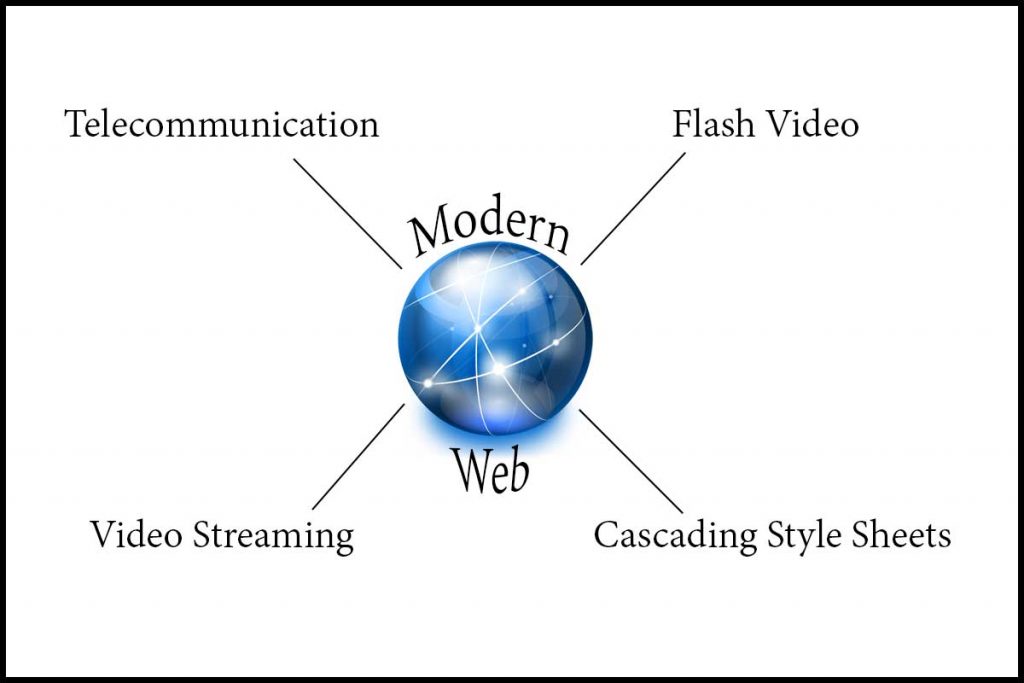
After the tech crash in 2000-2001, the web saw a major advancement. The government started to play a pivotal role at this point in time. Simultaneously, robust tech companies came into view from this huge collapse to set a new standard for online business and principles. Along with this greener and sturdier foundation, telecommunication has stood up tall in the modern age of the internet.
Web development handed over a wide range of multimedia to the web designers to match up the developing and spreading aptitude for web presentation since hardware improvements nurtured better bandwidth and wider networks. CSS or Cascading Style Sheets showed magnificent ways to format and exhibit contents. Flash video shaped a completely new and unique style of web animation and art. Video streaming entirely changed the way of motion picture consumption. Despite all these revolutions and advancements made regularly on the web, the primary structure and interface of the web have sustained its authenticity.
Crucial Milestones in Web Development
Here, we are going to mention all the trends and milestones which have an effect on the current web development and redefined the web. These are the milestones which led us to where we are now. So, let’s jump to the vital fragments of web development history.
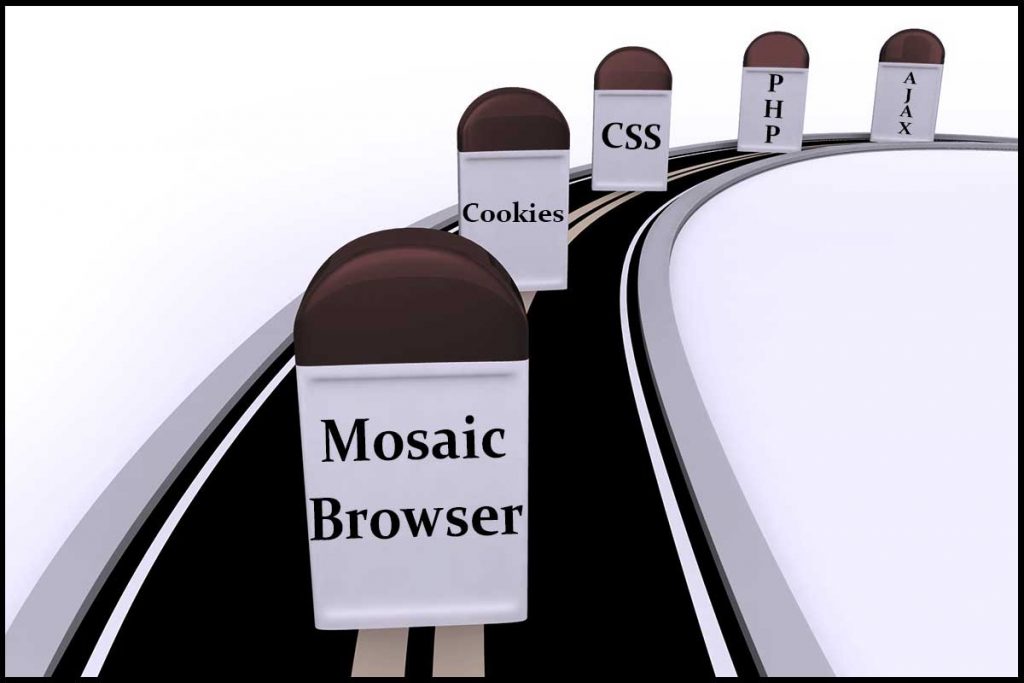
Mosaic Browser
Mosaic, as mentioned above, was not the first browser developed for the web. But surely, it commercialized the web to one and all. Mosaic supported bookmarks and inline images after its initial release in 1993. Back then, the images present in Mosaic browser had to be downloaded to view (distinctly from the contents). However, when the internet was crawling, Mosaic was a true revolution being the most user-friendly browser of that time. Non-technical users understood the true essence of the web for the very first time holding the hands of Mosaic browser.
Cookies
Cookies are not unknown anymore. Cookies are the tiny flies which can store a web user’s choices in a browser. Mosaic Netscape browser first supported cookies back in 1994. Although cookies have garnered a bad reputation for monitoring and tracking the user activities online, they actually have been a major reason for programmatic sophistication to the web. The huge impact they have on the web is making us implement upgraded web storage systems for substituting their practice.
CSS
Projected by Opera browser CTO Hakon Wium Lie, Cascading Style Sheets came into existence in 1994. In the adoption of downloadable fonts and HTML tags, Hakon’s contributions can never be overlooked. The separation of content and presentation made by CCS may be taken lightly now but those who witnessed the mess made by HTML tables will always be grateful for the day when W3C permitted CSS Level 1.
PHP
Today, a world without PHP is hard to visualize but it was the exact scenario before 1996. Right after its release, PHP was considered to be a major web language which is now being used on more than 80% websites available at the moment. Moreover, PHP runs on a server, supports SQL databases, and one can embed it in HTML.
AJAX
Microsoft is not often credited for the betterment of web but that’s exactly what happened with AJAX. The implementation of a method called XMLHTTP in the Outlook web application cleared the way for AJAX. Through AJAX users are equipped to fetch new data in the web without refreshing the page!
Years of Development
In this segment, we have mentioned the significant web development occurrences organized by the hierarchized by the time frame (years). Let’s have a look at the web development history by arranged by time.
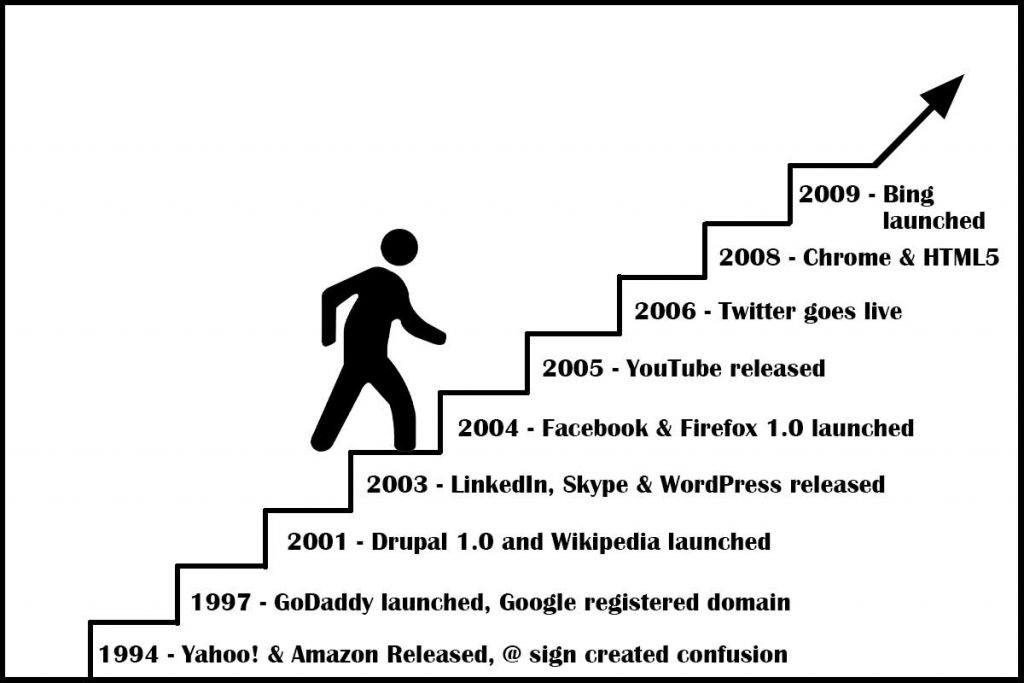
1994
- Amazon and Yahoo came into existence.
- Also, the invention of at (@) sign created a sheer muddle among the newscasters.
1995
- Geocities was launched.
- Windows 95 and Internet Explorer were launched by Microsoft.
- Craigslist and eBay started off.
1996
- Nokia 9000 communicator was released being the first phone with internet connection.
- Hotmail was launched as the first webmail.
1997
- Web world witnessed the launch of the 1,000,000th
- GoDaddy was launched with the name – Jomax Technologies.
- Netflix appeared as a company.
- Google was registered as a domain.
1999
- Geocities was acquired by Yahoo!
2000
- PHP 4.0 was released.
- Dotcom boom hit the highest point.
2001
- The world experienced Drupal for the first time: Drupal 1.0 was launched.
- com garnered better traffic than Google.
- Wikipedia was launched.
2002
- A huge increase in Wi-fi use; it came to mainstream and started to become household.
- Microsoft launched Xbox Live.
2003
- LinkedIn and Skype were released in this year.
- WordPress blog publishing system was launched.
2004
- The majority of developments were done via FTP on the live servers but there was a huge demand for website management tools.
- thefacebook.com was launched by Harvard University student Mark Zuckerberg.
- Firefox 1.0 was launched by Firefox.
2005
- YouTube was released on Valentine’s Day.
- Popular community site Reddit was founded.
2006
- Twitter goes live.
- Google acquires YouTube.
2007
- MAMP and other local development tools were launched during this period.
- First iPhone was launched by Apple.
2008
- Apple store was launched with 552 applications.
- Google Chrome was released.
- HTML5 came into existence.
2009
- Cloud Computing came into reality and github.com was publicized.
- Microsoft Bing was Launched.
2010
- People got more well-known to DevOps.
- Quora was launched by ex-Facebook workers
- Pinterest and Instagram were launched.
2011
- Google+ was launched
- Microsoft acquires Skype.
2012
- Facebook acquires Instagram.
2014
- Facebook acquires WhatsApp.
2018
1.8 billion+ websites are running smoothly. Various state-of-the-art technologies have come into play such as AR (Augmented Reality), VR (Virtual Reality), AI (Artificial Intelligence) and much more.
It’s no secret that development is a continuous process. And in the web world, development comes quite rapidly. We believe the web development history we have mentioned would certainly help you in understanding the development happened in the web industry from the very beginning.









